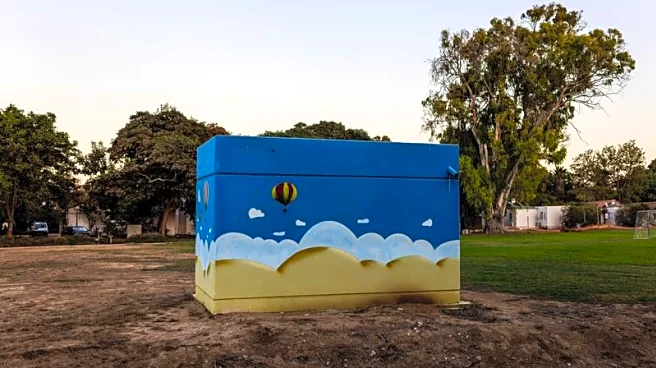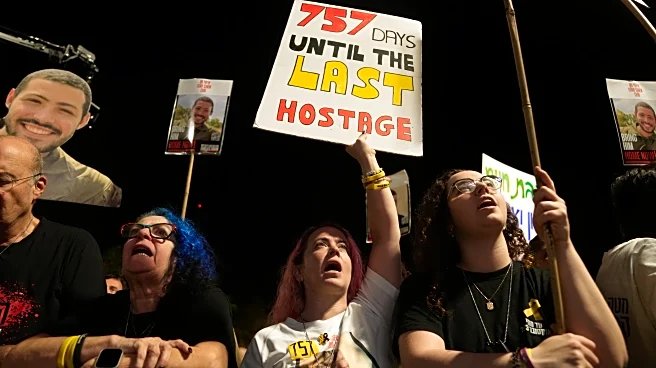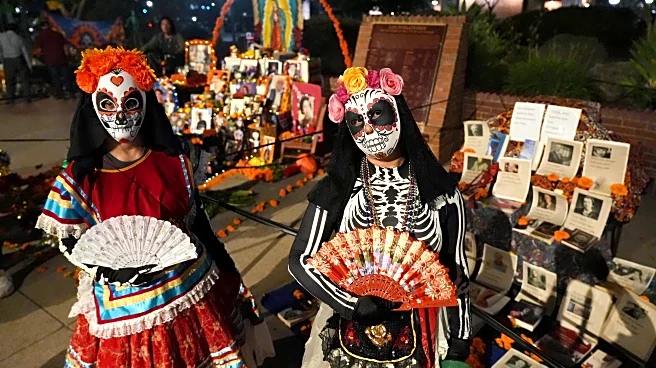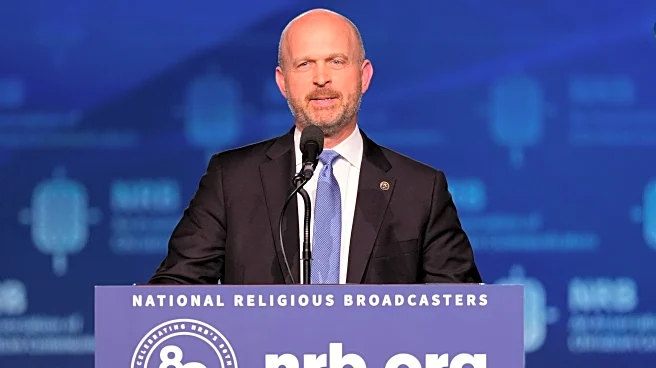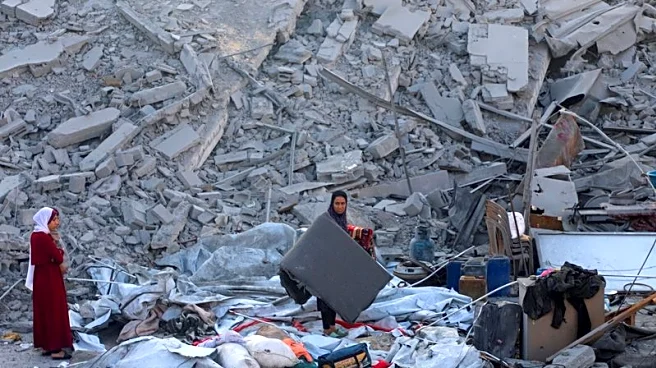What's Happening?
A personal account from a mother in Israel highlights the cultural debate surrounding Halloween celebrations. The mother chose not to let her 8-year-old son participate in Halloween festivities, emphasizing
the importance of understanding one's own cultural heritage before adopting foreign traditions. She expressed concern over the growing trend of Halloween celebrations in Israel, which she views as cultural imitation rather than genuine cultural engagement. The mother advocates for teaching children the significance of Jewish holidays, such as Passover and Hanukkah, which carry deep historical and spiritual meanings.
Why It's Important?
This story reflects broader discussions on cultural identity and globalization. As Halloween becomes more popular in non-traditional regions, it raises questions about cultural preservation and the impact of global cultural trends on local traditions. The mother's perspective highlights the importance of cultural education and the potential risks of cultural homogenization, where local customs may be overshadowed by more dominant global practices. This debate is relevant to societies worldwide as they navigate the balance between embracing global diversity and maintaining cultural uniqueness.
What's Next?
The increasing popularity of Halloween in Israel may prompt further discussions among parents, educators, and cultural leaders about the role of foreign holidays in local contexts. Schools and community organizations might consider developing programs that emphasize cultural education and the significance of traditional holidays. This could lead to a broader dialogue on cultural identity and the importance of preserving heritage in a globalized world.
Beyond the Headlines
The story raises ethical questions about cultural appropriation and the responsibilities of parents in shaping their children's cultural understanding. It also touches on the psychological aspects of identity formation in children, as they navigate cultural influences from both local and global sources. The narrative invites reflection on how cultural practices are transmitted across generations and the role of education in fostering cultural awareness.






